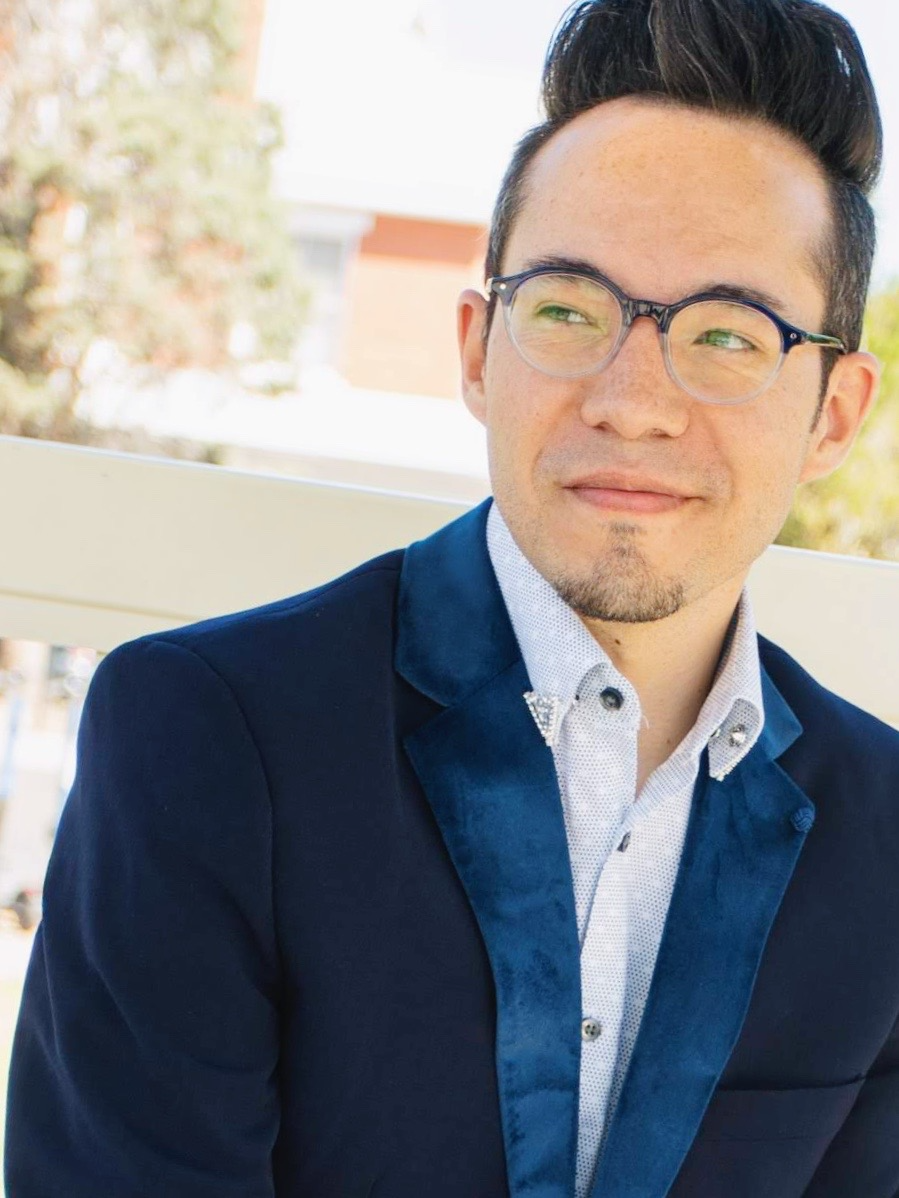Micro-Opera! Here’s how to stage an opera on a shoestring.
/2005.By Christy DeSmith, The Rake.
With its cast of starving poets and musicians and creative squatters, Puccini’s La Bohème has not only inspired generations of bohemians; some would say it’s the best known and most accessible opera in the canon. When someone goes to the opera for the first time, frequently it’s to see La Bohème. It has also been the touchstone for many hip, latter-day shows, such as Rent and Moulin Rouge. Yet a modern-day Rodolfo who showed up in hopes of cadging a rush ticket to the Minnesota Opera’s recent production would have been disappointed; the entire run was sold out to business suits and little black cocktail dresses.
So it is with perhaps a little romantic vengeance that one should anticipate Theatre Latté Da’s intimate production of La Bohème, opening later this month. It will feature a stripped-down, hot-rod cast and a small musical troupe, instead of the typical hullaballoo. This Bohème comes on the heels of many other tiny opera productions that have been staged recently, a trend spearheaded by Theatre de la Jeune Lune and North Star Opera Company.
Traditionalists often cringe when smaller, underfunded arts organizations go capering with Rossini, Stravinsky, and the like. There are good reasons to worry. These shows minimize ensemble singers, reduce orchestrations for a small band or piano quintet, and they often cast a singer or two who can’t hit the score’s original key. In other words, the producers of these operas are saving money and passing those savings along to you. Tickets to see these shows are in the ballpark of fifteen to thirty dollars, a relative bargain.
In the case of Theatre Latté Da, it’s taking some bold liberties with the world’s best-known opera. Although the company has kept the score and libretto intact, and all singing will be in the original key, artistic director Peter Rothstein in tearing La Bohème from its 1830s roots and planting it in the 1930s—still in Paris, still in the Latin Quarter apartment of some starving artists, but this time on the eve of Nazi occupation. “I think La Bohème is rooted in a specific place but not a specific time,” said Rothstein. “I wanted to put the show in a world that heightens its theme of loss of innocence.”
Minus the usual orchestra and large ensemble of singers, Rothstein’s production amplifies the story’s darker elements. “It’s difficult to find a character’s vulnerability when there’s an eighty-piece orchestra playing below them,” said Rothstein. The real trick in transferring Bohème to the 1930s was to orchestrate the score for guitar, piano, violin, clarinet, flute, and—non dieu!—accordion. In other words, the full complement of Parisian street and café instruments.
“It’s going to sound extraordinarily different,” said Joe Schlefke, who, as music director on the project, is the guy responsible for introducing an accordion to Pucchini. “But it’s not sacrilege. We’re trying to be respectful for the whole piece.” As it is written, La Bohème’s characters—Mimi, Rodolpho, Colline, and the rest—are all in their twenties, but the show’s vocal demands usually require well-seasoned singers in their forties or fifties. The dimensions of the 130-seat Loring Playhouse Theater loosen those restrictions, allowing Latté Da to cast age-appropriately (read: cheap grad-student talent). “Our singers aren’t made for big houses,” said Schlefke, who gets to add whispers and other subtleties that wouldn’t play well in the 1,900-seat Ordway. Besides, said Rothstein, “Mimi dies of consumption. You can’t believe that when she weighs two-twenty.”


